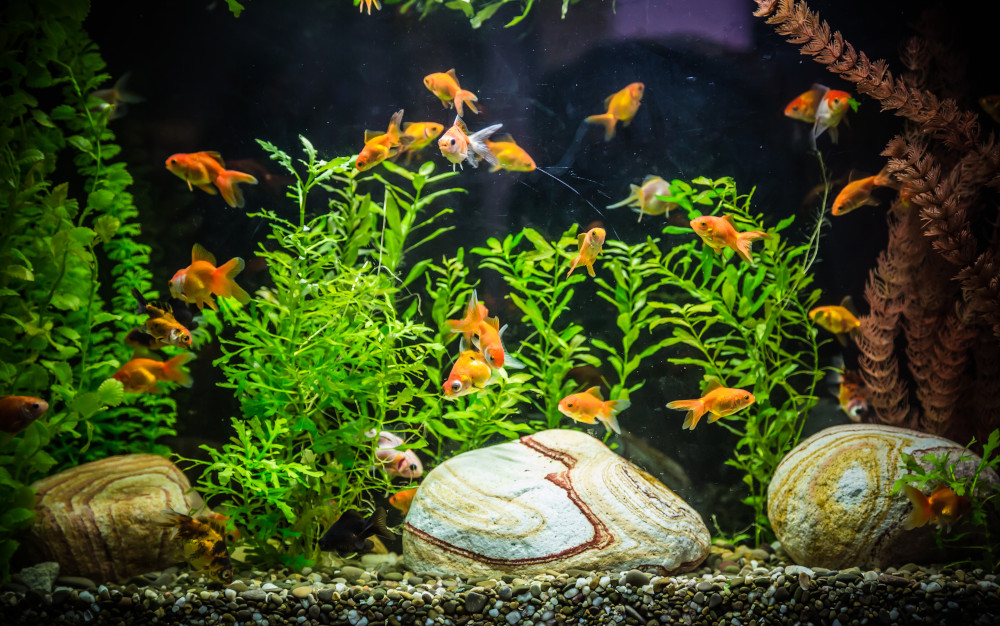
Unfortunately, there is always the possibility that you will need to move or transport your fish in an emergency. This may be because the tank develops a leak or a more serious emergency such as fire or flood. Being prepared for such an emergency is always a good idea and preparing an emergency fish transport plan and kit is an essential part of your planning process. It will ensure that you have everything you need to be able to activate your plan quickly.
You will need:
- Containers with lids that can be closed. Plastic is safer so that they cannot break, and they must never have contained toxic chemicals and be thoroughly washed and dried. The number and size of these containers will depend on how many fish you have and the size of the fish. You may need several containers depending on the size of your aquarium.
- Battery-operated aquarium pump with an air-stone (can be purchased from an aquarium store or online). You should have one per container. Having spare batteries is advisable.
- A net to catch your fish.
When you have the above, drill a hole in the lid of each container just large enough for the air tubing to pass though. As the air-stones are larger you will need to disconnect the air tubing from the pump, pass it though the lid and then re-attach to the pump.
Once the decision is made to move the fish, fill each of the containers about two-thirds with the aquarium water. Catch the fish in a net and place into the container(s) and turn on the battery-operated air pump(s). Tighten the lid. Open the lid to check the fish every four to six hours to make sure that the pump is still running.
Do NOT feed your fish while they are in these containers (even if it is a few days) to minimise the waste products your fish produce and pass into the water.
If in the container(s) for more than 36 hours, then water changes will need to be done (see this article for more information on water changes).
If the fish are tropical fish, then the containers will need to be kept in a warm area.
For more information on being prepared for emergencies and to evacuate if necessary, talk to an experienced aquarist (fish carer) or fish veterinarian and see these articles:

